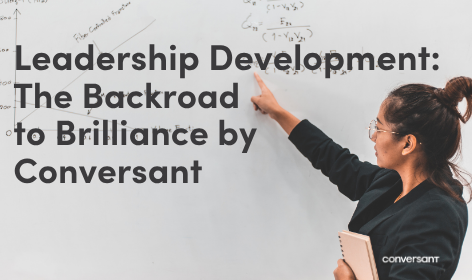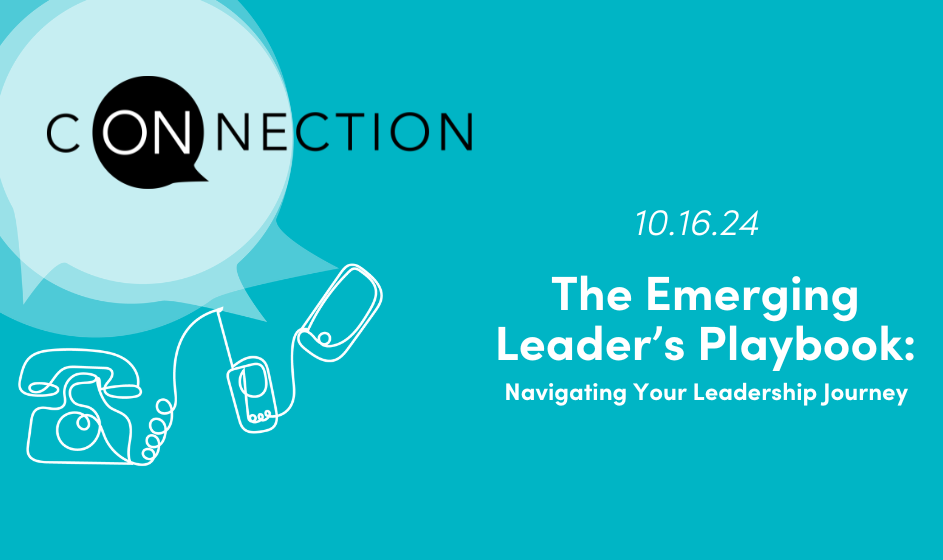How do we build organizations that support collaboration?
It begins with a network.
Although people often talk about the ‘networked’ organization as the next great choice in organization design, it is a bit misleading. In fact, all organizations, all human systems, have existed as networks. This may be invisible to some people, but humans are not designed to work alone and especially in today’s complex working world, it is impossible to do so. Think about it – Who has a creative thought without a conversation preceding it? Who solves a tough problem without relying on the brainpower and resources of others? Who takes a decision forward without at least the compliance if not the cooperation of others?
So, networked we are. The question now is, what type of networks are we consciously supporting in our organizations? Sandow & Allen (2005) draw the distinctions between networks of ambition (or power, competition) and networks of collaboration (or knowledge, performance). While these extreme choices along a spectrum offer clear contrasts, one would have to argue today that most organizations exist on the ambition end of the spectrum. And what is clear, is that higher performing organizations support human networks of collaboration that build trust, knowledge, and high levels of contribution and value. Organizations that legitimize networks of ambition can still see results, but seldom are those extraordinary and usually not easily sustained.
It is important to avoid trying to engineer networks of collaboration, attempting to ‘make them happen.’ For the most part, they are self-organizing systems. The reason for this is collaborative networks are naturally occurring, reflecting our true nature as human beings. Learning from neuroscience, we know that we are hard-wired to connect (via mirror neurons), engaging with each other be it for work or for play. We are innately social beings and generally speaking, don’t need anyone to teach us how to collaborate or how to be in relationship with each other. We are brilliant when we are challenging each other and working together – unless we are afraid. To the extent our institutions allow us to be ourselves as humans, removing barriers to what we are innately designed to do well, we would say we have built healthy, performance-based organizations. As Dee Hock, (Founder and CEO Emeritus of VISA International) so aptly states, “Healthy organizations are a mental concept of relationship to which people are drawn by hope, vision, values, and meaning, along with the liberty to cooperatively pursue them. Healthy organizations educe behavior… Unhealthy organizations compel behavior” (emphasis mine). The former is constructive, the latter destructive.



